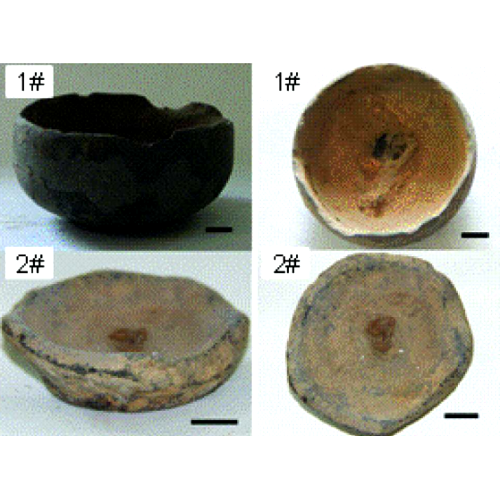Open sesame: Identification of sesame oil and oil soot ink in organic deposits of Tang Dynasty lamps from Astana necropolis in China.
Lamp illuminants evidence the exploitation of natural resources, animal and plant domestication, commerce, religious practices and nutrition of ancient populations. However, the physicochemical analysis of their major constituent-burned, degraded and aged mixture of triacylglycerols is imprecise and may lead to ambiguous interpretations. We applied proteomics to analyze fuel deposits from eight lamps dated by 6th to 8th centuries AD that were excavated at the Astana necropolis (Xinjiang, China) and determined their origin by identifying organism-specific proteins. Proteomics evidence corroborated and detailed the assignments of source organism relying upon comparative profiling of intact triacylglycerols by shotgun lipidomics. We found that ruminant (mostly, sheep) fat, cattle ghee and sesame oil were common combustibles in Astana and concluded that sesame as an oilseed appeared in China under Tang Dynasty concomitantly with the expansion of Buddhism.

- PLoS One. 2017 Feb 24;12(2):e0158636
- 2019
- 28234998
- PubMed
Enabled by:
